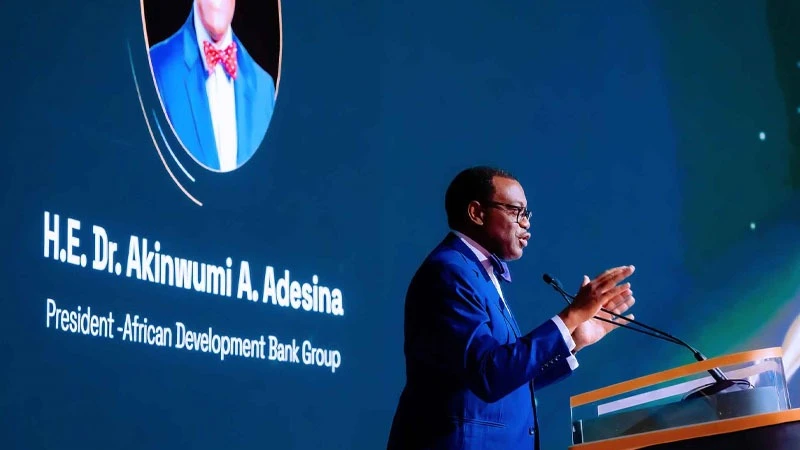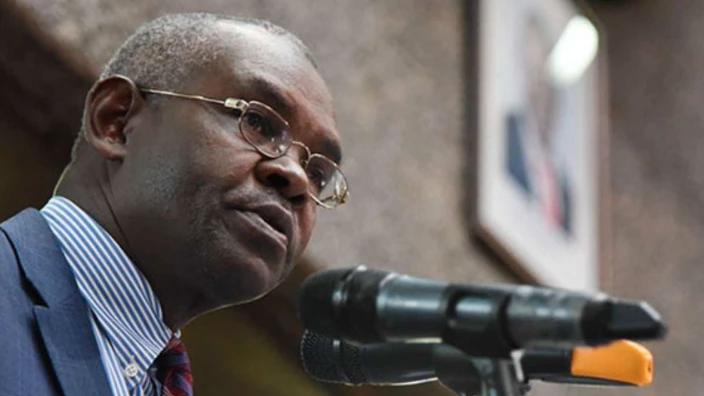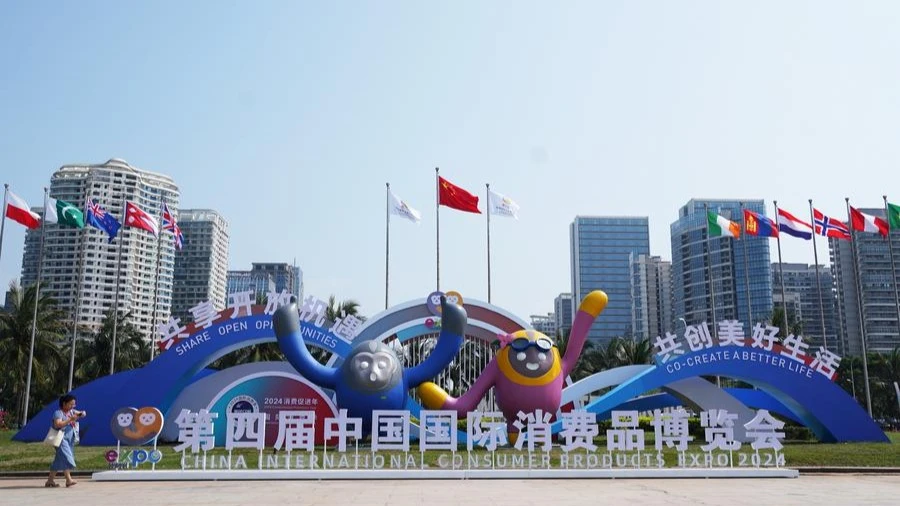When anti-poverty grant fail to end rural poverty-1

LIVELIHOOD supporting grants by the Tanzania Social Action Fund (TASAF) meant for people living under the poverty line are yet to uplift them from extreme poverty.
In June 1999, the government launched the National Development Vision 2025 that targets uplifting at least 50 percent of poor households living under abject poverty to middle income life standard with financial capabilities to pay for basic needs such as food, water and health services.
In making this plan a reality the government enrolled TASAF in the year 2000 as the major component for the realization of the National Development Vision 2025.
It’s been 24 years on since the implementation of TASAF started yet poverty is 'torturing' the majority of Tanzanians particularly those residing in rural areas.
Athumani Mkalule (65), resident of Chale village, Kisarawe district in Coast region who lives in a four-room mud house is yet to overcome extreme poverty.
A father of nine, four of them being under 18 years old; Mkakule and his family are still struggling with poverty.
His two daughters are married and his three sons are struggling in Dar es Salaam streets to make a living. Being a beneficiary of Tanzania Social Action Fund (TASAF) grants in two decades, Mkalule is yet to afford three meals a day.
“My five children didn’t join secondary school due to poverty. I didn’t manage to provide them what they needed to stay in school,” said Mkalule.
According to him, having nine children has nothing to do with his poor life.
He used to receive 54,000/- primary student grants after every two months as of 2014, but he now receives 24,000/-.
Receipts seen by the reporter shows that for March and April last year, he received 124,000/-. Of this amount, 24,000/- is a two-months primary student grant, 10,000/- is a two-months general under 18 grant and 90,000/- is a three-months’ remuneration for public works programme (PWP).
“I work for 3,000/- three hours a day, ten days a month on TASAF’s street road projects. TASAF beneficiaries are supposed to be paid after every 30 days, but it normally goes up to 90 days,” said Mkalule.
As for 24,000/-, it means that every monthly payment is 12,000/-. If divided among four Mkalule’s children it means that every child is allocated with 3,000/- a month which is equivalent to 100/- a day.
As for 10,000/- it means 5,000/- a month where each child is allocated with 1,250/-a month an equivalent of 41.66/- a day.
“I need a minimum of 5,000/- and a maximum of 7,000/- for daily household needs. I’m supposed to be paid 34,000/- in total only for the children if I don’t work in PWP projects. Is this what you call uplifting people from poverty?” he questioned.
According to him, he doesn’t own a poultry farm or a livestock zoo to rely on. He also works on other villagers’ farms on meager earnings.
“It has been almost 20 years since I became a TASAF beneficiary and I’m still poor. I know I have no right to question donated money but TASAF grants should be transforming people’s livelihoods,” he added.
Rajabu Saidi, Chale village chairperson argued that TASAF grants are not likely to uplift people from poverty.
“TASAF officials have been asking village chairpersons to encourage people to form economic groups and establish income generating activities. With these meager grants, how possible can one establish a sustained business?”
“We have asked them to form two beneficiary groups and lend them 25mn/- each for establishing drip irrigation projects along the Kwa Bola perennial stream but they said the Fund doesn’t operate that way,” asserted Saidi.
According to him, there are 24 TASAF beneficiaries in Chale village. They are supposed to establish collective income generating activities from grants they receive.
“Let’s assume that each beneficiary receives a minimum of 120,000/- six months a year which makes a total of 720,000/-. As for 24 Chale village beneficiaries it is 17,280,000/-. Why not invest this money in a sustainable project?” questioned Saidi.
Income poverty slightly declined to 25.7 percent in 2020 from 26.4 percent in 2018 according to the National Bureau of Statistics (NBS).
The government through TASAF has been allocating an average annual budget worth over 1trn/- through Tanzania Poverty Reduction Project (TPRP) and the Productive Social Safety Net (PSSN II) project that targets at facilitation of families living under extreme poverty.
TASAF grants are sourced from various financiers including the central government, UN Agencies, Open Fund for International Development (OFID), and the World Bank.
TASAF beneficiaries are categorized into five age groups namely zero days to two years, three to five years, six to eighteen years, 19 to 60 years and 61 years and above.
However, TASAF annual reports show that between January and December 2022 a total of 1,371,038 households with 6,596,820 beneficiaries were reached with TASAF grants.
That is to say every household had a maximum of five beneficiaries. Reports show that between January and December 2022 a sum of 1.312trn/- was disbursed through cash transfer to the 1,371,038 households.
Hermence Christopher, Barrick North Mara Community Relations Superintendent told the reporter recently in Tarime district that funds extended through TASAF are most likely not to uplift people from extreme poverty but assisting them to afford household needs that often doesn’t last longer.
For instance, he argued, Barrick Gold Corporation has between January and June 2023 invested 120mn/- through corporate social responsibility (CSR) on a drip irrigation farming project.
The project is intended to facilitate host communities, especially youths to engage in alternative economic activities instead of engaging themselves into illegal mining around the North Mara site.
Christopher said the Agribusiness Development Project in Horticulture implemented on a ten acre land has benefited 50 youths from four villages of Nyabichune, Nyangoto, Matongo and Mjini Kati in Tarime district.
The project, he asserted, has seen the 50 youths generating 70mn/- from fruits and vegetable sales to North Mara mining site and the district market in a space of six months.
“Every young man and lady in this project is likely to generate at least 200,000/- a month from sales of horticulture products. If TASAF grants could be managed this way it could be easier to uplift many people from poverty,” he said.
The Agriculture ministry budget speech for 2023/24 shows that as of April 2023 the irrigated area increased to 727,281 hectares of the targeted 1.2 million hectares come 2025.
It states that during the 2022/23 fiscal year 48 irrigation scheme projects worth 234.13bn/- were initiated by the ministry on 58,807 hectares countrywide.
The ongoing projects are implemented in 15 regions, 31 districts and 32 constituencies. The implementation of the projects has by April 2023 generated 298,835 direct and indirect jobs mostly for youths and women.
That is to say each irrigation scheme of the 48 projects has created jobs for 6,226 people of whom the majority is youths and women.
In that regard, the 234.13bn/- investment in the 48 irrigation scheme projects by the Agriculture ministry means that each project fetched 4.875bn/-.
However, the 1.312trn/- which was in 2022 disbursed by TASAF to serve poor households could have been invested in 269 irrigation scheme projects worth 4.875bn/- each.
As for the 120mn/- CSR investment in a horticulture drip irrigation project by Barrick Gold Corporation in Tarime district that have benefited 50 youths, the 1.312trn/- TASAF grants disbursement to poor families could have been spent to develop 11 horticulture drip irrigation projects worth 120mn/- each.
In that regard, the 11 drip irrigation projects could have employed 550 people. This is only for the 2022 TASAF grants disbursement.
The National Bureau of Statistics (NBS) National Economic Status Report for 2022 shows that TASAF has facilitated the establishment of 43,302 savings and lending groups with 587,397 active members countrywide during that year.
To run these groups, each member of the groups donates a certain amount annually basically from funds obtained from TASAF grants. Breaking down the figures, that is to say each group has 14 members.
The NBS report shows that beneficiary groups had a total collective savings worth 7.9bn/- as of December 2022 which means each group had a stake of 184,749/-.
Dividing the 184,749/- among the 14 beneficiary members it means that each of them had an annual contribution of 13,196/- during 2022.
The Human Development Report 2022 by the United Nations Development Programme (UNDP) ranked Tanzania at number 160 in 2021 of the 191 countries. However, Tanzania was ranked number 163 in 2019.
According to a study on the contribution of community development initiatives dubbed ‘TASAF Project in Poverty Reduction: The case of Urban West Region in Zanzibar-Tanzania 2011’ by Naimu Pandu a graduate of masters’ degree of Arts in Rural Development from the Sokoine University of Agriculture (SUA), finance management illiteracy is among challenges facing the majority TASAF beneficiaries.
The selected sample for the study consisted of 120 respondents of whom 68 (57 percent) were male and 52 (43 percent) were women.
The age of the respondents ranged from 30 years and above with 78 percent aged between 31 and 44 years, 18 percent aged 45 and 60 years while four percent aged above 61.
The findings indicate that the majority of the respondents who participated in TASAF projects are energetic aged 50 years.
It clarifies that these people fall in the category of the economically active group. Respondents’ level of education ranged from primary, secondary to college.
“Results show that only 28 percent of TASAF beneficiaries received orientation training on human capital development issues leaving the 72 percent untrained in 2011; TASAF training on finance management was not enough to assist beneficiaries to effectively implement their income generation projects,” reads the study in part.
On the other hand, TASAF reports state that there are training sessions prior to funds disbursement.
For instance, between January and March 2023 a total of 11,137 beneficiaries were trained on livelihood basic skills and were facilitated to develop business plans for their identified income generating activities.
The Controller and Auditor General (CAG) report on development projects for 2021/22 reveals that TASAF did not disburse 651.85mn/- which was approved to be allocated to the implementation of nine project area authorities (PAA) in Ludewa and Makete districts in Njombe region.
“The funds were meant to benefit 186 people from most vulnerable households,” reads the report.
To be continued.
Top Headlines
© 2024 IPPMEDIA.COM. ALL RIGHTS RESERVED

























